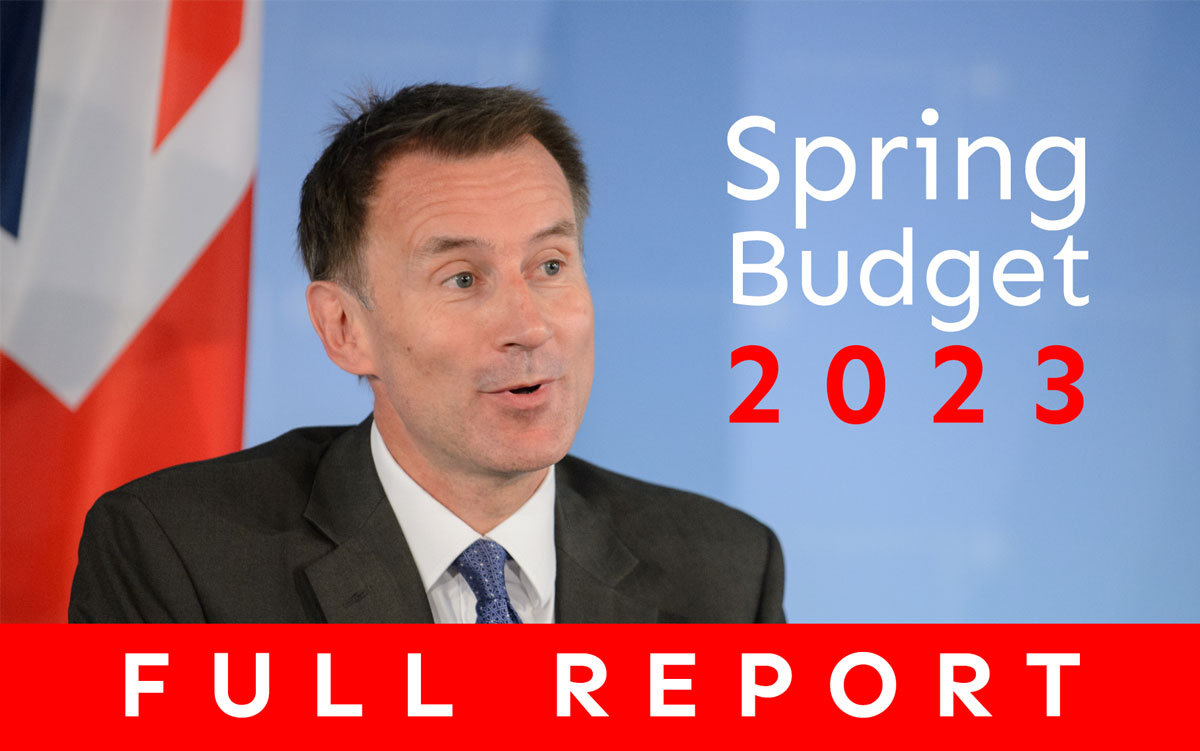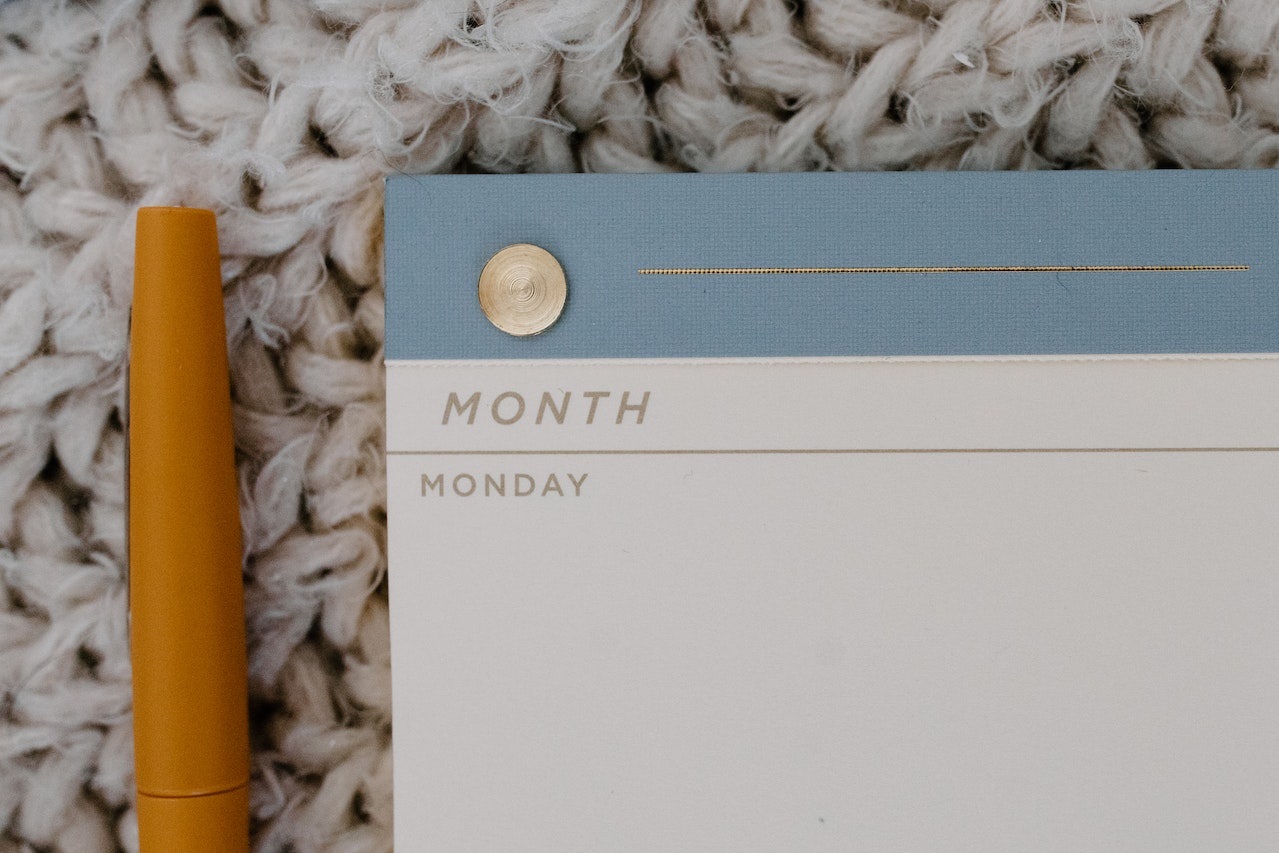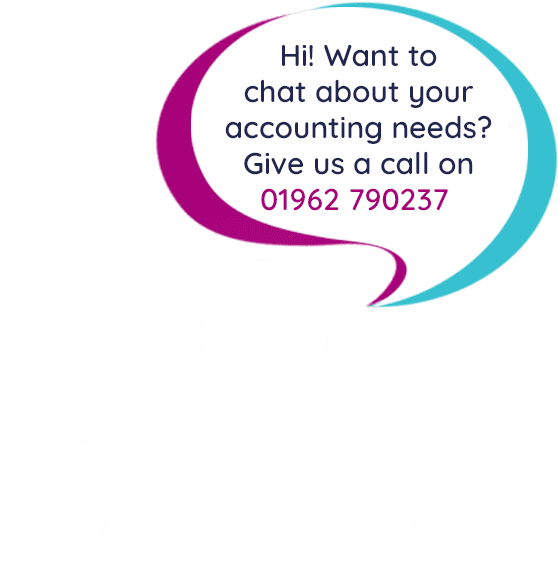What tax will you pay if you’re freelancing on the side?
Whilst the COVID-19 pandemic has caused an unprecedented amount of economical upset across the world, for a few it has given them the opportunity to explore the world of freelancing and what it can offer in terms of a profitable side-gig to their normal 9-5.
But how can you freelance freely without getting into trouble with the taxman? In this blog we show you what tax you can expect to pay when freelancing on the side.
Have you launched your own business during the pandemic?
You’re not alone! The Office for National Statistics (ONS) revealed that in 2020 a record number of new businesses were set up, with almost half a million in total, with July setting a record of 81,000 new firms across the UK. A survey by Enterprise Nation also found that one-in-five UK adults have a desire to start their own business one day, with that figure increasing to one-in-three (34%) amongst the 18 – 34 demographic.
So are you considering your freelancing options? Starting slowly could offer you the chance to explore what freelancing could be like, whilst allowing you to keep the security of your permanent role without taking the leap into the unknown too soon.
How much tax will you be expected to pay?
The amount of Income Tax you’re expected to pay is calculated on your total earnings, meaning any income earnt from both your permanent role and your freelancing work will be added together and taxed accordingly on any earnings which are greater than your Personal Allowance (the amount you’re able to earn before you begin to be taxed). It’s important to understand that if any profit from your freelancing work pushes you into the higher tax-rate band, you’ll be expected to pay the higher rate.
The following example displays what tax you’d be expected to pay if you were earning a salary of £35,000 pa as an employee, and £20,000 freelancing:
Tax year 2021/22
Employer income: £35,000
Profits from freelancing: £20,000
Total income: £55,000
Personal Allowance: £12,570
Total taxable income: £42,430 (£55,000 – £12,570 = £42,430)
Income Tax paid at basic rate (20%): £7,540
Income Tax paid at higher rate (40%): £1,892
Total Income Tax paid: £9,432
(These rates are based on the published rates and thresholds for the 2021/22 tax year from HMRC).
You’ll pay 20% Income Tax on any earning above your Personal Allowance (£12,570) and below the upper limit of the basic rate (£37,700) for the 2021/22 tax year.
You’ll pay 40% Income Tax on any earnings above the basic rate limit (£37,700) until you reach the higher rate limit (£100,000).
So for the figures set out in the above example, you’ll pay 40% Income Tax on £5,000 in the 2021/22 tax year.
How do you communicate this to the taxman?
When completing your self-assessment tax return, you’ll need to disclose the tax you’ve already paid from your employer (£35,000 would have already been taxed under the PAYE arrangements in the terms of your employment). HMRC will know that this has already been paid and received through PAYE.
Your self-employed profits will need to be disclosed in your self-assessment, along with the amount of tax due. An accountant will be able to help you in doing this.
Where does National Insurance come into this?
The amount of National Insurance you pay from your employer won’t change in this example, but it will be different for your freelance profits. If your self-employed profits exceed £6,475 you’ll have to pay Class 2 National Insurance, which is a flat rate of £3.05 per week.
Class 1 is paid directly from your employer to HMRC through PAYE, but Class 2 is paid through a direct debit directly to HMRC.
If your freelancing profits are between £9,500 and £50,270 you’ll be expected to also pay Class 4 National Insurance. This is a 9% charge for profits up to £50,270, and 2% for profits which exceed this limit.
Your Income Tax Class 4 National Insurance Contribution is worked out on your self-assessment tax return. The following example uses the same figures as the previous one, to demonstrate how NIC works:
Tax year 2021/22
Profit from freelancing / self-employment £20,000
Class 2 NIC (52 weeks @ £3.05 per week) £158.60
Class 4 NIC (9% rate on profits between £9,568 and £50,270) £938.88
Total NIC paid £1,097.48
When should you let HMRC know?
Whilst you may not have to tell your employer right away that you’re freelancing on the side, you will have to tell HMRC asap. If your earnings as a self-employed freelancer, sole trader, etc exceed £1,000 in a tax year, then you are legally required to inform them.
Whilst your tax affairs are completely confidential, you may wish to inform your employer to ensure you’re not in breach of your contract. It’s also worth understanding that should you decide to form your own Limited Company, your company details will be made publically available on Companies House, and your employer will be able to access this at any time.
How can Taxevo help?
Here at Taxevo we work with freelancers at every stage of their career. Whether you’re just starting out and testing the waters to see if it’s for you, you’re currently in both permanent employment and freelancing, or whether you’ve taken the leap and are freelancing full time, we’re able to help. Get in touch to find out more, or take a look at the packages we offer.






